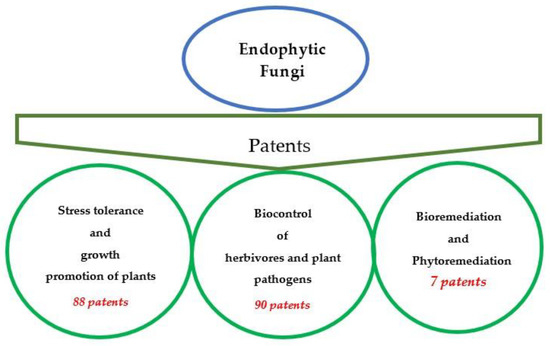

C., :1980, The Coelomycetes, Commonwealth Mycological Institute, Kew, U. While many species of Phoma are known to be plant pathogens (Sutton, B. Phoma does not appear to internally-infect conidiogenous cells and pycnidia are formed directly on the leaf surface so that they are sessile. Ampelomyces infects conidiogenous cells of the powdery mildew, internally colonizing them and forming pycnidia within the conidiophore so that the pycnidia appear stipitate. The process of pycnidia formation in association with the powdery mildew is also different between the two genera. glomerata isolates was measured while an average of 0.8☐.1 mm/day for the Ampelomyces isolates were measured. For cultural growth rates, an average of 8☑ mm/day for the P. Sessile pycnidia that develop into rapidly-growing colonies characterize Phoma glomerata (Boerema et al., 1965, Persoonia, 4: 47-68. These fungi are demonstrated herein to have a number of characteristics which render them readily distinguishable from Ampelomyces.įor example, stipitate pycnidia that develop into slow-growing colonies characterize A. DETAILED DESCRIPTION OF THE INVENTIONĬultures isolated from several different genera of powdery mildews in both Europe and the United States have now been identified as P. SUMMARY OF THE INVENTIONĪn object of the present invention is to provide a biocontrol agent which comprises Phoma glomerata for suppression of the development of fungal diseases such as powdery mildew on plants.Īnother object of the present invention is to provide a method of suppressing development of fungal diseases such as powdery mildew on plants which comprises applying Phoma glomerata to a plant.

The species identified as Phoma glomerata has now been demonstrated to effectively colonize and suppress development of powdery mildew. Several isolates of fungi, previously attributed to genus Ampelomyces, have now been shown to belong to genus Phoma through study of morphology and rDNA ITS1 sequence analysis. 75: 632-639) and Phoma etheridgei produced antifungal compounds inhibitory to the tree pathogen Phellinus tremulae (Hutchinson et al., 1994, Can. A Phoma sp (P66A) significantly reduced conidial germination of apple scab (Venturia inequalis) (Ouimet et al., 1997, Can. Phylogenetically this strain is grouped within the divergent Ampelomyces lade.Ī few reports have also identified Phoma species that are antagonistic to fungal plant pathogens. The market for this biofungicide was over $1 million in 1998 and is expected to grow. British Crop Protection Council, Farnham, U.K.). In Brighton Crop Protection Conference-Pests and Diseases, vol.

Fridlender, 1994, Development of production, formulation and delivery systems, p. BACKGROUND OF THE INVENTIONĬurrently a single strain of fungus, identified as Ampelomyces quisqualis, AQ10 Biofungicide, is in commercial use for biocontrol of powdery mildew on grapes and other crops (Hofstein, R.
#BIOCONTROL AGENTS PATENT TRAJECTORY FUNGAL GENOME SERIAL#
This application claims benefit of priority from Provisional Application Serial No.


 0 kommentar(er)
0 kommentar(er)
